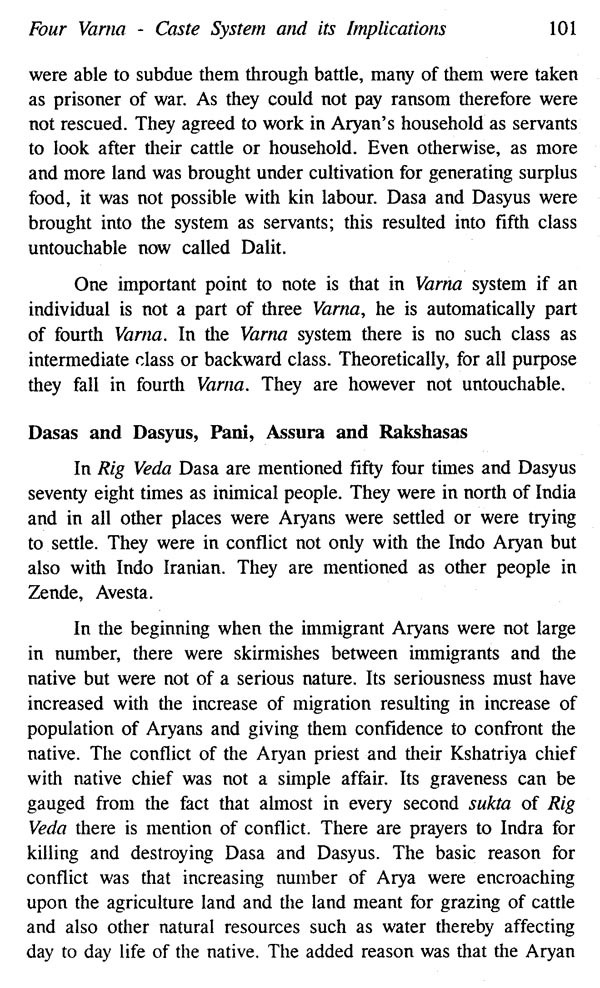
Antiquities of Vedas and Upanishads
Book Specification
| Item Code: | AZE592 |
| Author: | A.S. Sidhu |
| Publisher: | B.R. PUBLISHING CORPORATION |
| Language: | ENGLISH |
| Edition: | 2012 |
| ISBN: | 9789350500200 |
| Pages: | 202 |
| Cover: | HARDCOVER |
| Other Details | 9.00x600 |
| Weight | 320 gm |
Book Description
It explains how various dynasties which originated from the first King Vaivasta, Battles and Weapons, Dan and Dakshana given by various Kings to the Rishies and Dan Stutis by Rishies. It also attempts to explain concept of Salvation - Jeevan Mukta, methods and procedure for attaining the same as detailed in various Upanishads.
The basis of this book is four Vedas and eighteen Upanisads. It attempts to explain life and times as expressed in these classics.
The reason for including extracts of very large number of suktas of Vedas as a part of the book is to enable the reader to have first hand idea of Vedic age. After reading Vedas, at least twenty five times, .both in Hindi and English I found that texts are not wholly Brahminical. Kshatriyas wrote a very substantial part of it and presence of Vaishya can be felt. Many Kings have contributed to Vedas, so also to the Upanisads as composer of a sukta or part of it. Ajatshatru - a king had a better understanding of Brahmana-Absolute. Similarly, a Panchal king - Pravahana laivali, expounded the idea of transmigration of soul. King lanaka of Mithalla contributed through discussion on many subject dealt in Upanisads. A myth propagating that all development in science and technology can be traced back to Vedas is unacceptable on facts. For Example, a simple mechanism of pelting stone on the wall of a fort to breach it cannot be interpreted as a missile system. Can a four-wheel vehicle (bullock cart) be compared to BMW. Even otherwise, it cannot be said with certainty as to who invented a wheel.
**Contents and Sample Pages**












